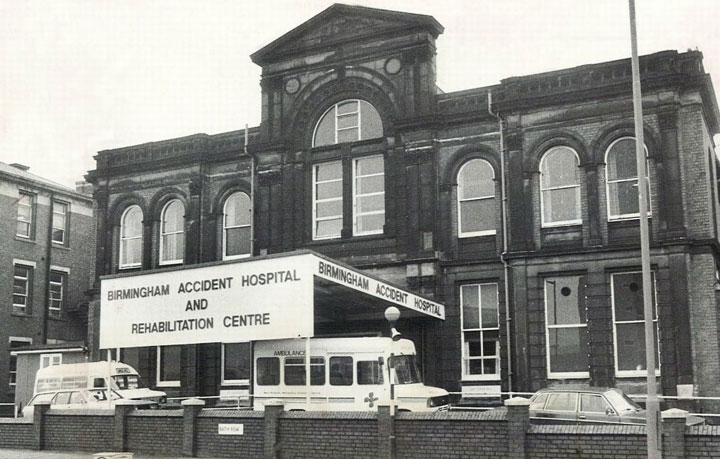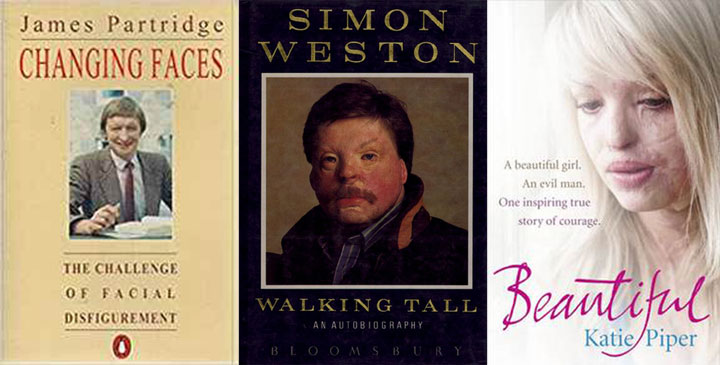The title of my current research project in many ways speaks for itself. It is a history of burns injury in Britain over approximately the last two hundred years. It considers the way in which treatments for ordinary domestic and industrial burns, or those suffered during periods of war, have evolved since the beginning of the nineteenth century. The start date of the project roughly corresponds with the year when the first book devoted exclusively to burns care was published by Edward Kentish, a physician who started his career treating workers in coal-mining communities outside Newcastle and finished it in the south-west of England, a very different region with its own unique socio-economic culture and burns hazards.

The project considers the way in which burns were conceptualised in an age of humoral medicine, when practitioners like Dr Kentish treated the symptoms of burns by either bleeding or purging his patients through diet, into an age of bacteriology, when infection and its prevention became the key concerns of practitioners, and a rich diet was intended to help a patient gain weight in order to withstand a series of operations, often including skin grafts. Over the decades that witnessed these transformations in medical practice, new burns hazards continually evolved with each innovation in technology, new fuels and even changes in diet. These and other transformations in the story of ‘burns injury’ will be considered by a project team comprising myself, Drs Rebecca Wynter (Birmingham), Shane Ewen (my Co-Investigator at Leeds Beckett) and Aaron Andrews (Leeds Beckett) in specific geographical settings, including Birmingham, London and Glasgow, where some of Britain’s first multi-disciplinary burns units eventually evolved.

The fact that a project involving medical historians might seek to trace the way in which the causes and treatments of burns injuries have changed over time should be obvious from the start, if not its title. Perhaps less obvious is why we decided to include the word ‘identity’ in the project’s subtitle. With the recent increase in acid throwing, as well as the work of certain high-profile burns survivors, including Simon Weston, James Partridge and,Katie Piper the potential of burns to transform the physical identity of survivors has been widely recognised. Less obvious is the way that burns disasters have also shaped group identities, including entire populations affected by disasters where burns were prevalent. Certain iconic fires, including the Bradford Stadium Fire, the Birmingham Bombings and the King’s Cross Fire, for example, have defined communities at particular moments, but also introduced changes in practice and prevention, whether in the way burns practitioners treat patients, emergency services respond to fires, or how sporting events, leisure facilities and transport networks are organised. Burns and scalds can transform individuals through inflicting disfiguring injuries, but they have also created new specialist groups, including plastic surgeons and fire and rescue services. Fires, burns and scalds have literally forged who we are and how we have lived over the last two centuries.

To help us explore the impact that burns have had on individual and group identities, our project team, based at Birmingham and Leeds Beckett, will be running two themed workshops between June and September 2019. The first of these, organised in collaboration with the Institute of Advanced Studies at the University of Birmingham, will be held on 13-14 June and will explore the concept of anonymity. In recent years, the concept of anonymity has become one of the defining features of the modern era. At times, we have all felt the need to remain anonymous, such as when voting; equally, many of us expect our private records, and medical details, to remain anonymous. Cultural shifts and new technologies, however, are making this ever harder than ever to achieve, even for criminals. By bringing together academic colleagues from business, medicine, history, and law, we will explore what these changes mean for a range of disciplines in the genetic and internet age.
In terms of our project, the ‘Forged by Fire’ team will explore the way in which burns injuries have literally erased the identities of survivors, or reduced victims to seemingly unidentifiable remains. Simultaneously, the work of plastic surgeons in the mid-twentieth century achieved near celebrity status as a result of the pioneering operations they undertook on their patients. Professional bodies, who frowned upon publicity that extended beyond the doctor’s brass plaque, were divided on how to deal with their medical brethren who achieved fame as a result of their reconstructive work. Many, like fire fighters and other first responders, have subsequently been elevated to hero status, often by patients, professional peers and the public, but not without some backlash. The topic of ‘Heroism’, incidentally, will be the theme of our second workshop in Leeds Beckett in September. Anyone interested in joining our discussions around identity, beginning on the opposite end of the scale, can join us when we explore anonymity here on 13-14 June.
The 'Anonymity: Past, Present and Futures unknown' event will be taking place on Thursday 13th (09:00) - Friday 14th June 2019 (16:30), visit the event page for more information.